Tried and Tested: I tried strength training for running - but could it help me improve my marathon time?
With the help of a dedicated strength for running plan and plenty of plyometrics, too.
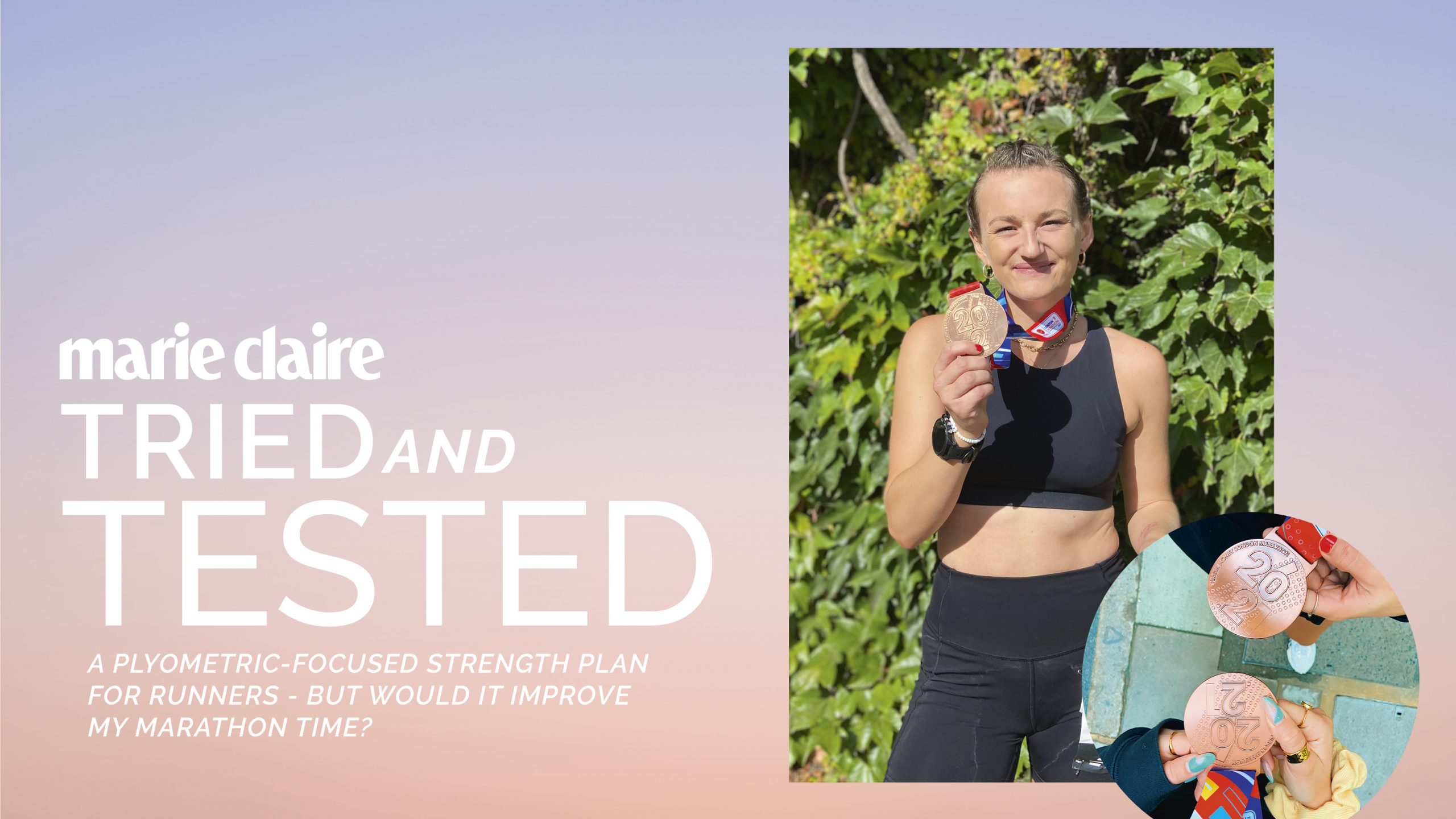
With the help of a dedicated strength for running plan and plenty of plyometrics, too.
In my bi-monthly Tried & Tested franchise, I review all the latest must-try health, wellness and fitness trends for Marie Claire UK. I've tested Rowbots, the Broadgate-based row-strength hybrid fitness studio, Symprove, the much-loved celebrity probiotic supplement, Tarot reading and more. Next up? I'm trying strength training for running in an attempt to beat my marathon personal best.
Some of you may know that, alongside being health editor at MC, I'm a runner - I've run six marathons, did an ultramarathon in January (37 miles is, it turns out, rather a long way) and reviewed Peterborough Marathon as one of the first post-Covid races back in May.
Next on the horizon was the London Marathon - I'd been ask to run thanks to New Balance, one of the sponsors, and I was keen to make it my strongest race ever.
That's why I enlisted the help of personal trainer at Gymbox Holborn Sophie Harris (@srharris). I needed some exercise motivation and to make sure I was supporting my body through the five or so training runs a week.
Strength training for running: a review
Why is strength training for running so important?
First - a little background for you. I was no newbie to weight training - I used to go to the gym a lot, once learning to deadlift double my bodyweight for a Women's Health feature, but, well, lockdown happened and, like many of us, gym anxiety got the better of me when I returned. That, and 16 months maintaining my strength at home hadn't quite kept me as strong as I'd hoped.
I got in touch with Harris and arranged a one-on-one session every week for four weeks, with a focus on plyometric, resistance band, and strength and conditioning movements to compliment my running.
Marie Claire Newsletter
Celebrity news, beauty, fashion advice, and fascinating features, delivered straight to your inbox!
Sure, four weeks wouldn't overhaul my fitness, but fun fact: one Journal of Strength and Conditioning study found runners who adopted a 6-week plyometric training routine improved their 2400m race times by roughly 4%.
You might think that to be a speedy runner all you need to do is run but alas, as the above study proves, you'd be wrong. Quizzing Harris about why strength training is so crucial, she shares that not only is it key for preventing injuries - "runners often experience a range caused by repetitive stress on the muscles, connective tissue and joints, like runner’s knee and hamstring strain," she shares - but also to ultimately improve the overall quality of your performance as a runner.
"Pros of strength training for running include improved endurance, explosive power, coordination, stability and perhaps most importantly, enhanced running economy and efficiency," she explains.
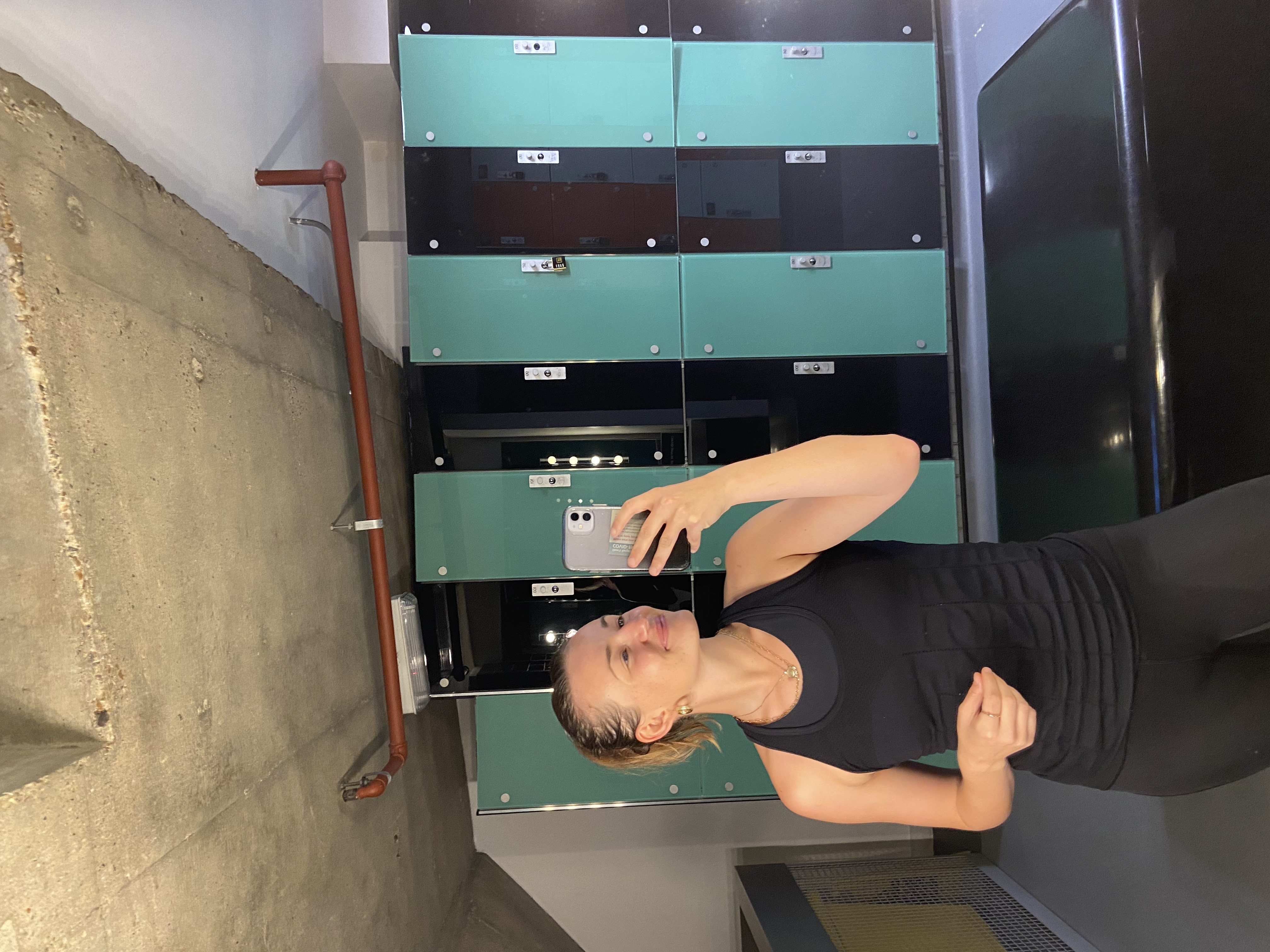
What muscle groups in particular are important to strengthen for running?
Good question - because there's no point in doing loads of hamstring exercises if actually, it glute strength that's key to helping you hit your personal best.
"When you run, you are driving through the legs and hips which requires a need for stability, and power in the glutes and hips to get those all-powerful strides," explains Harris. "When the glutes aren’t activated, your body tends to over-compensate, forcing other muscle groups to work harder. This results in potential muscle imbalances and injuries that can affect the hips, knees and ankles."
In short, it's super important that the glutes aren't rejected if you want to improve your running.
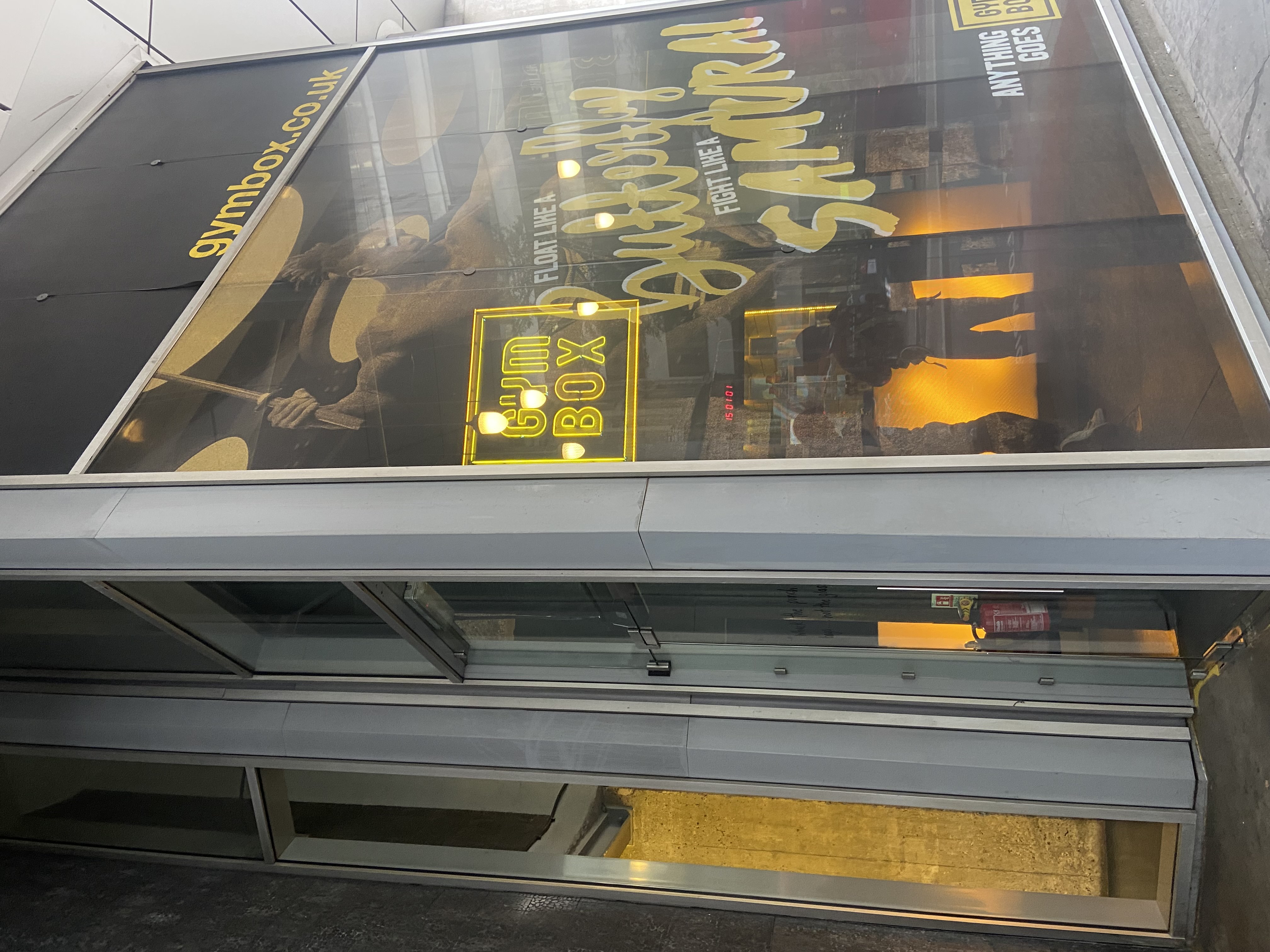
What kind of strength training did I try?
With the London Marathon only seven weeks away, Harris made sure to keep my strength training simple. "I wanted to optimise Ally's performance but not overload her muscles with the marathon coming up," she explains.
We focused on glute activation with resistance bands, strength and conditioning, and plyometric moves, too, because according to the same study above, plyometric training increases lower body power and explosiveness, aka the baseline via which top speed is maintained during a run.
Sessions looked a little like this - a ten minute resistance band warm up to fire up the glutes (think lateral band walks, monster walks, and several variations of hip thrusts), followed by supersets of plyometric and strength and conditioning exercises.
For the plyo moves, Harris challenged me to burpees, single leg hops into a back lunge, box jumps, squat jumps and Harris' personal favourite, a sled push with the PT stood on top.
Then, for the strength moves, Harris pushed me through for slow and controlled moves like weighted hip thrusts and walking lunges, along with some unilateral work to help iron out any imbalances that may occur from running, including single leg Romanian Deadlifts and single leg step ups with dumbbells. (Working out from home? Our gym equipment guide might help).
Why was it important, seven weeks out, to focus on this kind of training rather than opt straight for the heavier weightlifting I was so used too? "Ally’s goal was to beat her personal best, so to make sure we didn’t hinder any of her marathon training we kept the reps high and the weight relatively low," explains Harris. "The aim was for the strength training not to take away from the running, so we avoided heavy weightlifting that would have fatigued the muscles more and could have caused DOMs for a day or more."
Did it improve my marathon time?
Amazingly, I managed to run the London Marathon this year with a Boston qualifying time of 3 hours 26 minutes and 23 seconds. My last PB before that was 3 hours 35 minutes at Peterborough in May, and prior to that, a 3 hour 58 minute marathon at my last London Marathon in 2019.
While the strength training isn't the single reason I improved my marathon time - I have to give a massive shout out to my running coach, Andy Hobdell, too - it certainly helped. Feeling my glute strength improve week-on-week and carving out sixty minutes a week to spend one-on-one with a personal trainer was invaluable. Time on your own with a PT is unparalleled and you'll reap the rewards if you can carve out the time and money to do so.
How much does strength training cost?
You could do your own strength training at home - there are loads of free home workouts that would help to build your strength. Similarly, you could book one of the many strength-focused gym classes in London or join a live stream.
That being said and as I've mentioned, I trained at Gymbox with a personal trainer for my sessions. PT sessions vary depending on the agreement between the client and trainer, but they start from £50 per session. Sure, it's an investment, but I truly believe an investment in your health and body that you'll never regret. Let's put it this way: it costs about the same amount as two restaurant meals a month. Priorities...
Final thoughts?
Well worth a try, if you're looking to improve your running speed or overall fitness. While it can't replace running the miles required for training, running the marathon confident in the knowledge that I'd injury-proofed my body was immensely relaxing - especially when you've got 101 other things to be focusing on on race day.
Plus, if you're lacking exercise motivation, a PT is a great way to commit.
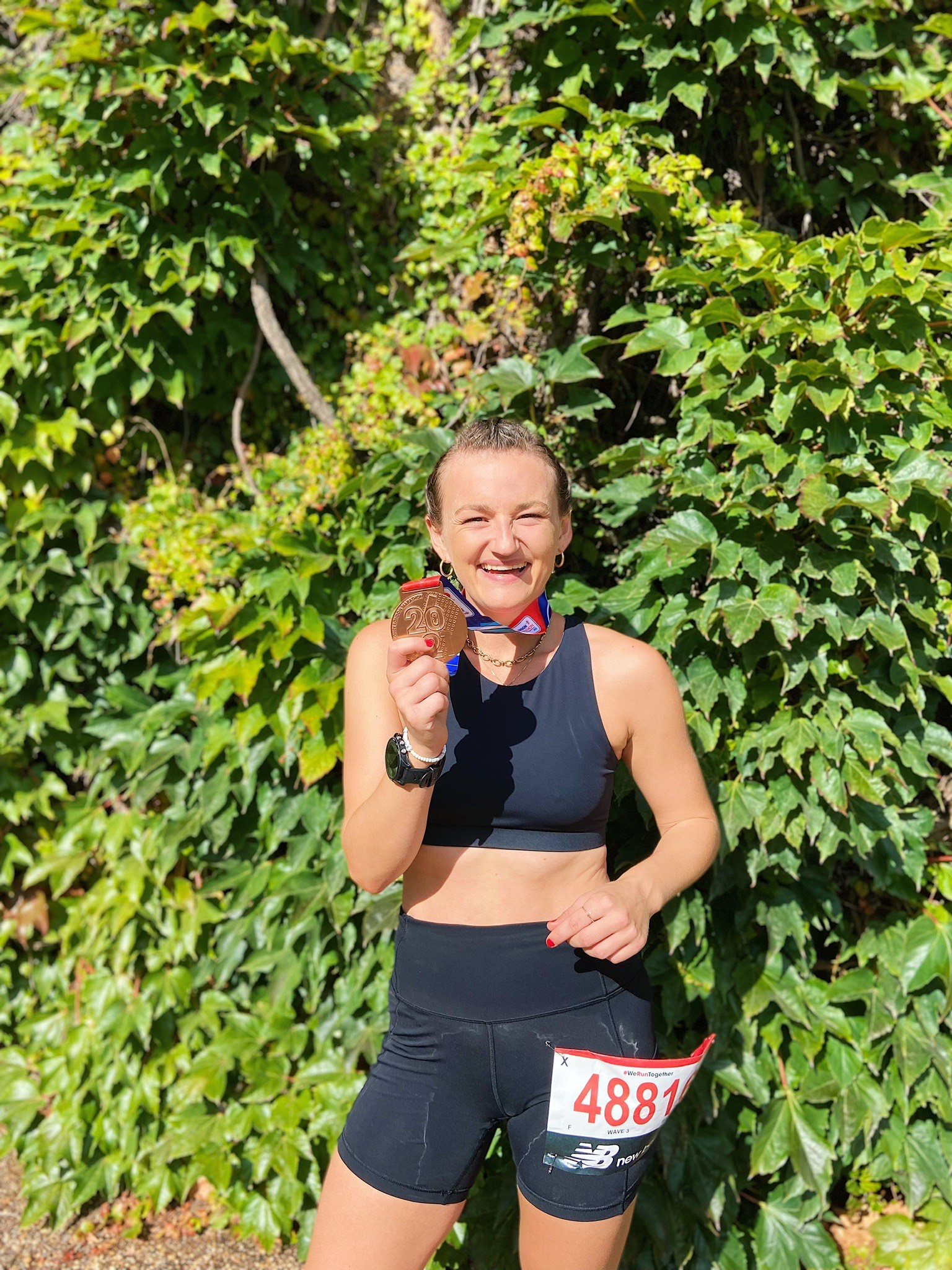
Strength training for running: an example workout
Keen to try a strength training for running workout yourself? The following, devised by Harris, is the type of workout I tried in the weeks prior to the big day.
N.B.: Just make sure to ease off one to two weeks before to make sure you give your legs enough time to taper. Not sure what one of the below moves means? Simply type it into YouTube for a short tutorial.
Equipment needed:
- Resistance band (Medium/heavy)
- Set of dumbbells (2kg, 4kg or 6kg)
Resistance band warm up:
For the warm up, do 2x sets of 30 seconds and rest 15 seconds between each set.
- Monster walks
- Crab walks
- Exercise Clamshells
- Glute bridges
- Seated abduction
Main workout
For the following, do 3x sets of 20 reps and 1 min rest in between supersets for each. The first move is a plyometric move and the second a strength and conditioning focused move which requires dumbbells.
Superset one:
- Squat jumps
- Hip thrusts
Superset two:
- Burpees
- Curtsey lunges
Superset three:
- Jumping lunges
- Single leg Romanian Deadlifts
Superset four:
- Box jumps
- Single leg box/bench step ups
Cooldown.
Gymbox has gyms across London, including Bank, Covent Garden, Victoria, Elephant & Castle, Farringdon, Old Street and Westfield. Find out more at gymbox.com

Ally Head is Marie Claire UK's Senior Health and Sustainability Editor, nine-time marathoner, and Boston Qualifying runner. Day-to-day, she heads up all strategy for her pillars, working across commissioning, features, and e-commerce, reporting on the latest health updates, writing the must-read wellness content, and rounding up the genuinely sustainable and squat-proof gym leggings worth *adding to basket*. She also spearheads the brand's annual Women in Sport covers, interviewing and shooting the likes of Mary Earps, Millie Bright, Daryll Neita, and Lavaia Nielsen. She's won a BSME for her sustainability work, regularly hosts panels and presents for events like the Sustainability Awards, and is a stickler for a strong stat, too, seeing over nine million total impressions on the January 2023 Wellness Issue she oversaw. Follow Ally on Instagram for more or get in touch.
-
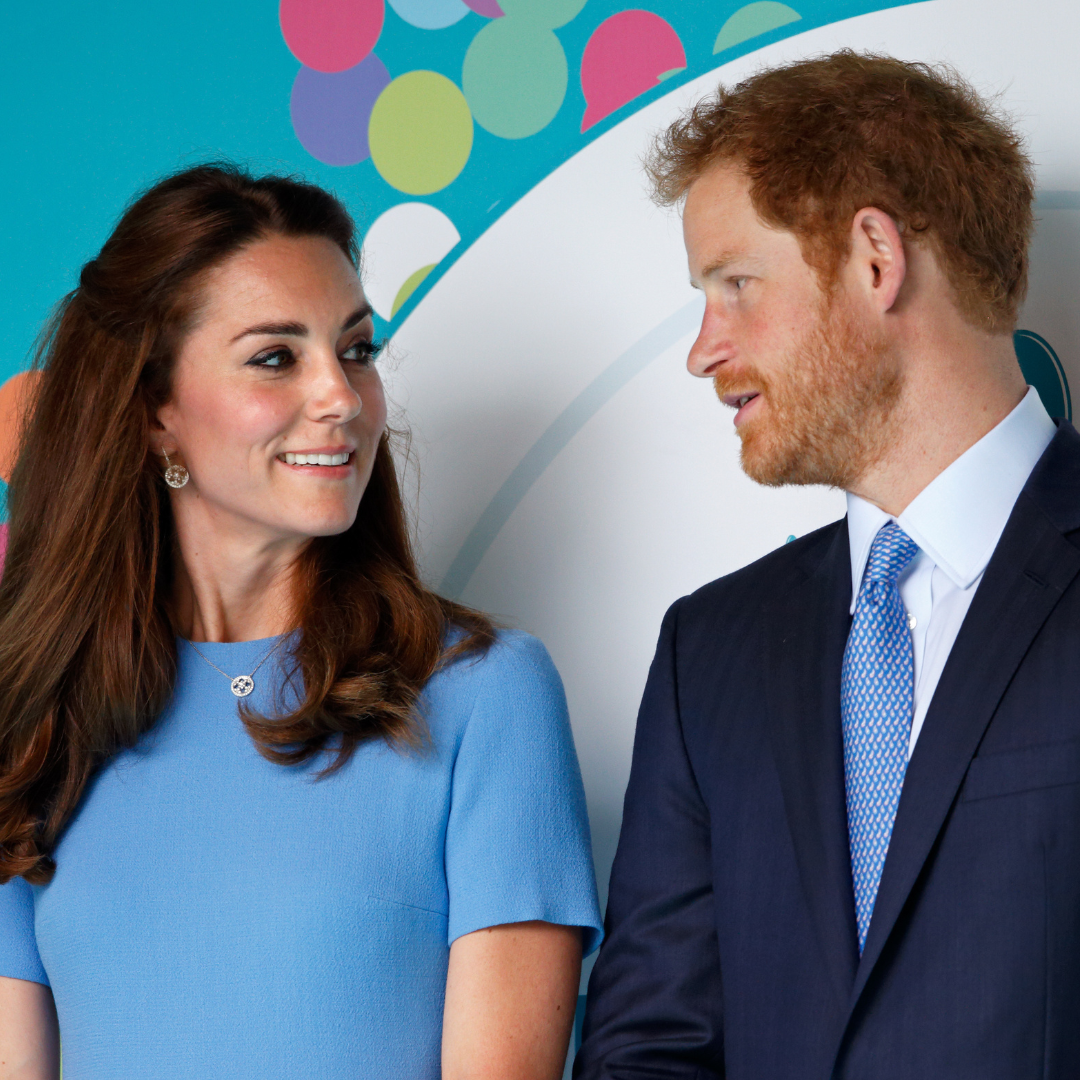 Prince Harry reportedly extended an 'olive branch' to Kate and William on latest UK trip
Prince Harry reportedly extended an 'olive branch' to Kate and William on latest UK tripBig if true
By Iris Goldsztajn
-
 How Prime Video is protecting Blake Lively amid her new movie promo
How Prime Video is protecting Blake Lively amid her new movie promoAn understandable move
By Iris Goldsztajn
-
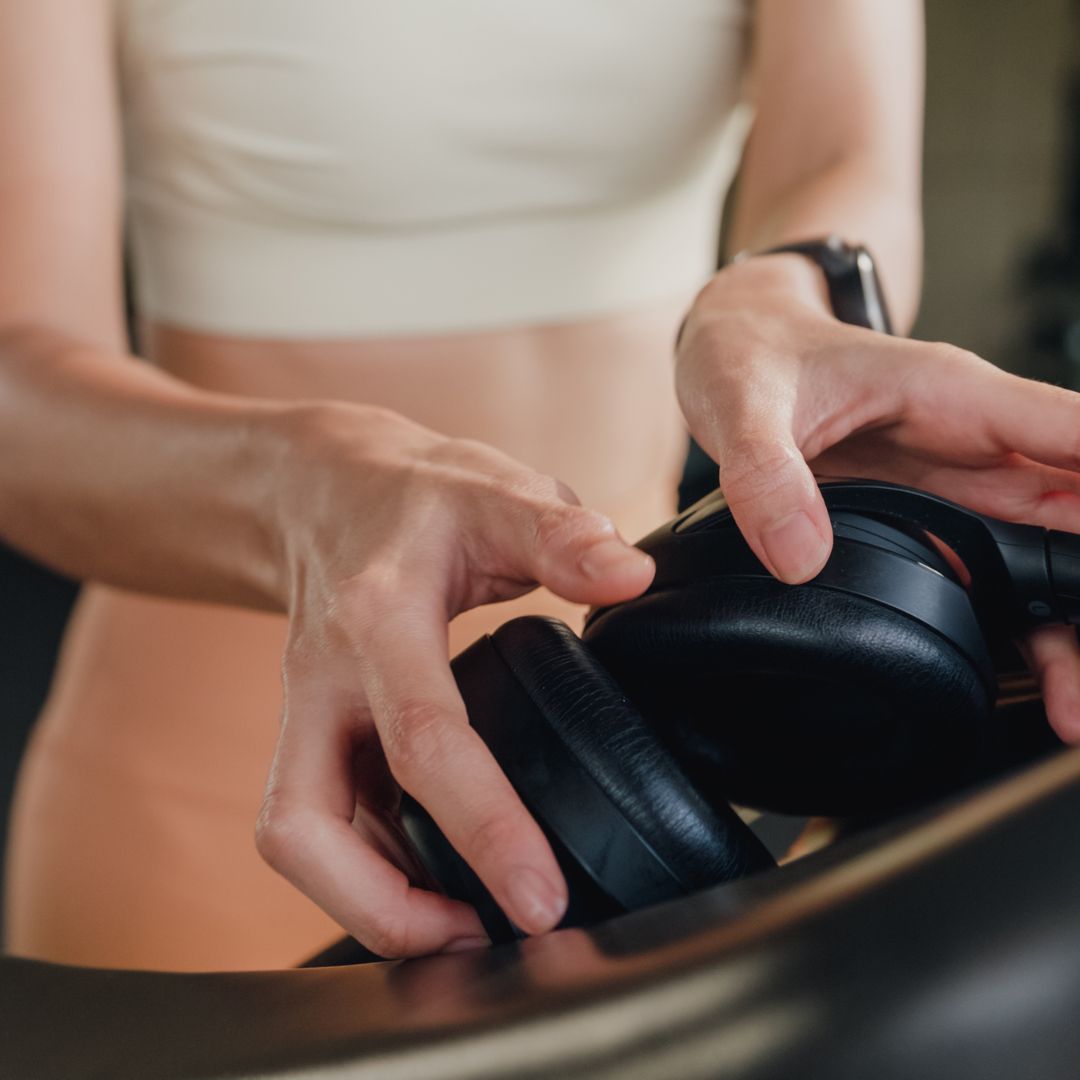 It's the must-have bit of fit kit of the year - a fitness expert shares their top 5 tips for choosing a walking pad
It's the must-have bit of fit kit of the year - a fitness expert shares their top 5 tips for choosing a walking padThis year's fitness must-buy.
By Katie Sims
-
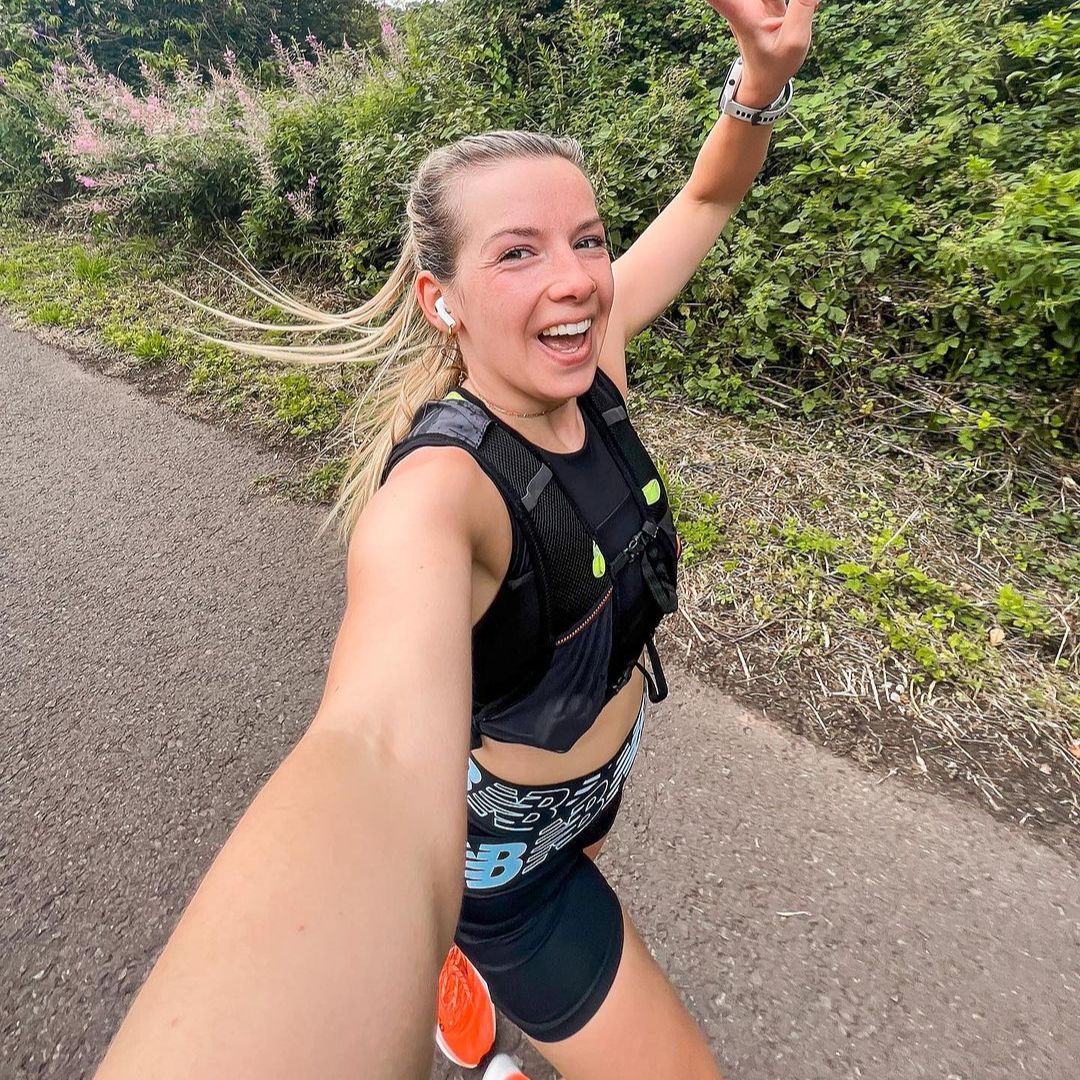 These are, hands down, the 10 best hydration vests according to runners who workout most days
These are, hands down, the 10 best hydration vests according to runners who workout most daysWhether you're a casual runner or training for your next marathon.
By Sofia Piza
-
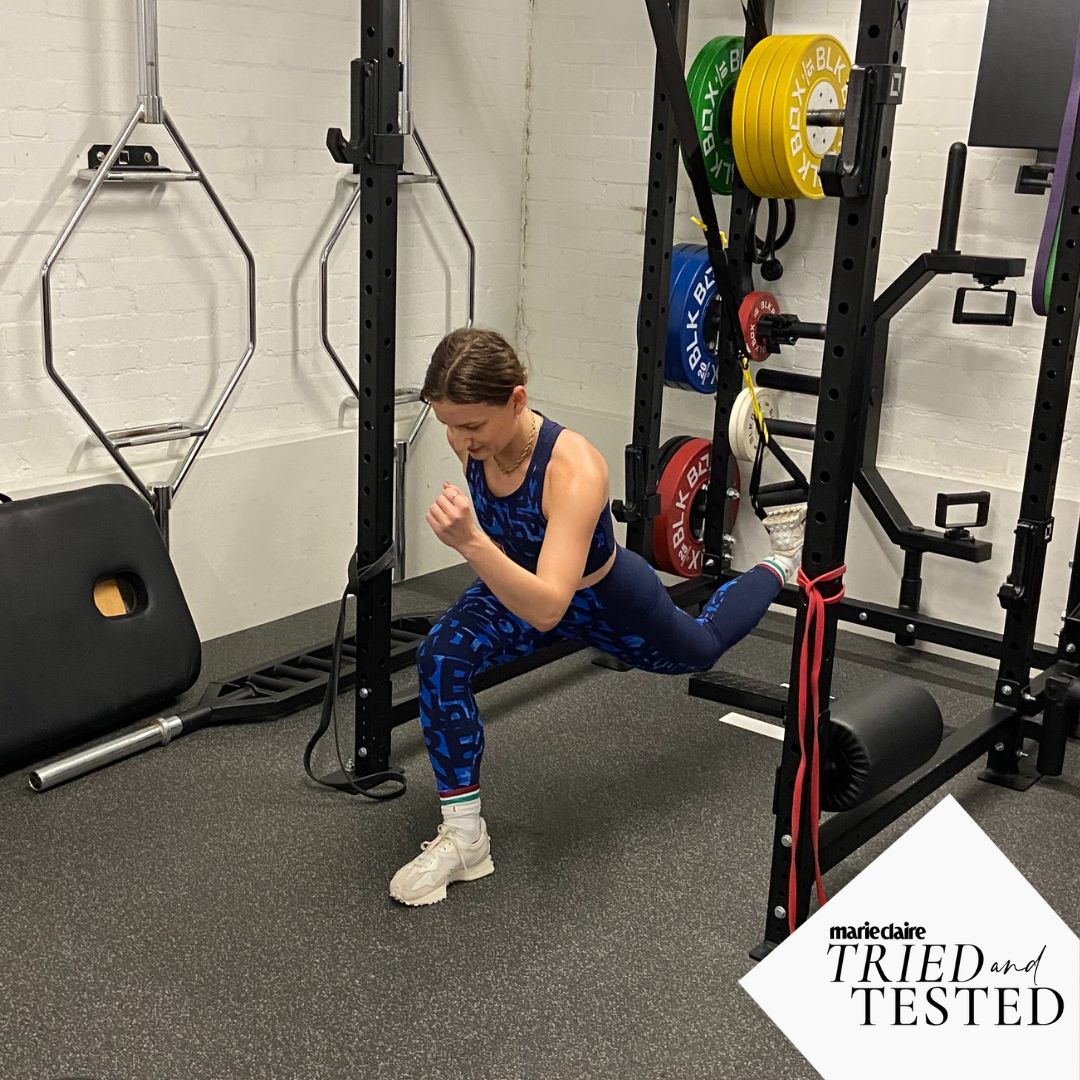 I learned so much from working out with the celebrity PT who trains Jodie Comer - but this one lesson will stay with me forever
I learned so much from working out with the celebrity PT who trains Jodie Comer - but this one lesson will stay with me forever*Bookmarks for later*
By Ally Head
-
 I tried the raved-about celeb supplement that promises to improve acne and more - so, did it work?
I tried the raved-about celeb supplement that promises to improve acne and more - so, did it work?Stars including Alexandra Burke and Chloe Delevigne are fans.
By Ally Head
-
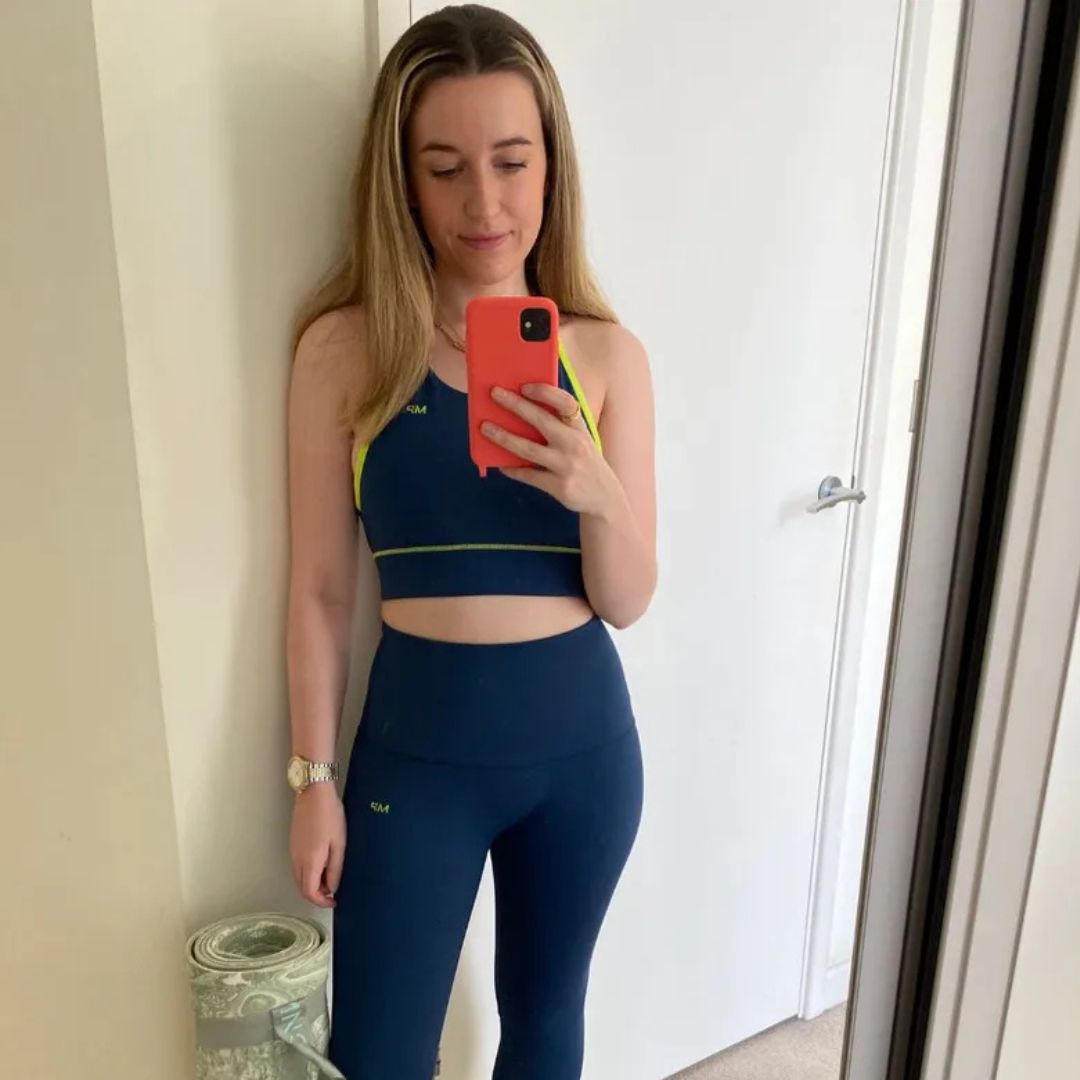 I tried the viral 12-3-30 workout for a month - here's why the results really surprised me
I tried the viral 12-3-30 workout for a month - here's why the results really surprised meYes, really.
By Grace Lindsay
-
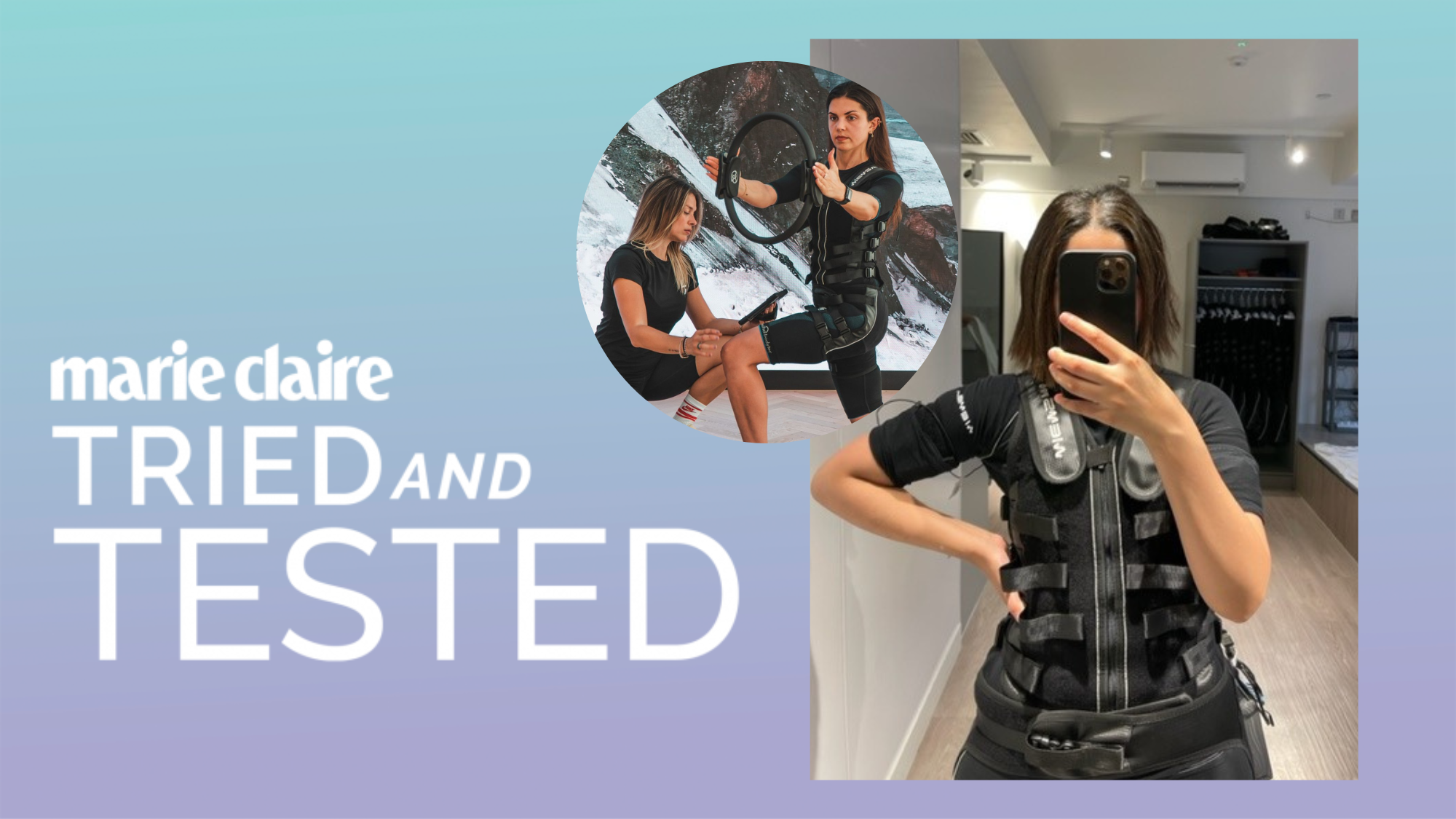 Tried & Tested: I tried Electrical Muscle Stimulation as physiotherapy after an accident – here’s why I feel it gets a bad rep
Tried & Tested: I tried Electrical Muscle Stimulation as physiotherapy after an accident – here’s why I feel it gets a bad repHave you heard of it?
By Marie Claire
-
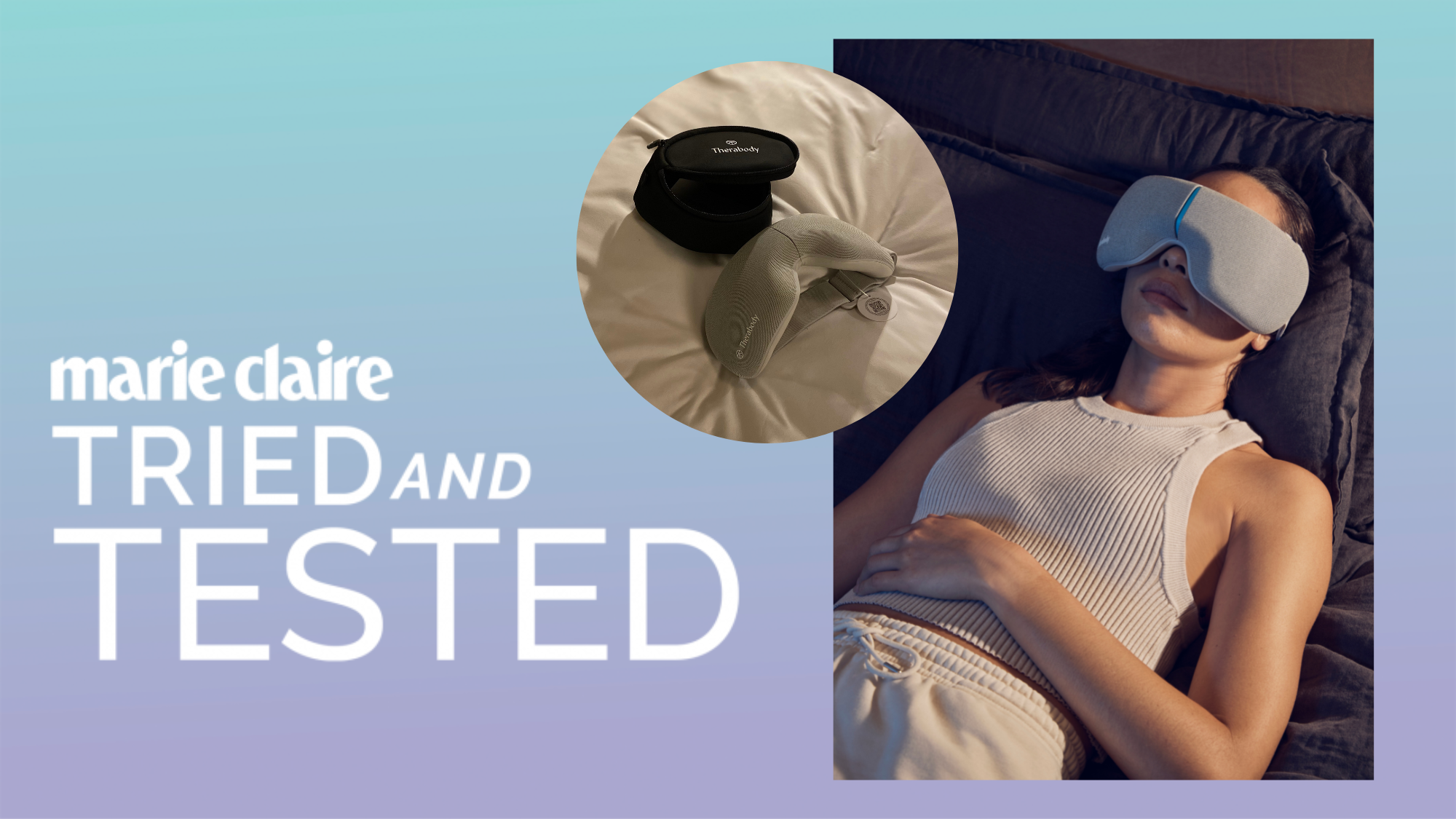 I tried the new Therabody SmartGoggles and the results were... intriguing
I tried the new Therabody SmartGoggles and the results were... intriguingA mask that gives you a head massage pre-sleep? Yep, we're sold...
By Ally Head
-
 Tried and Tested: I tried new repair site The Seam - why repairing your clothes is set to be one of the biggest trends of 2023
Tried and Tested: I tried new repair site The Seam - why repairing your clothes is set to be one of the biggest trends of 2023You heard it here first.
By Ally Head
-
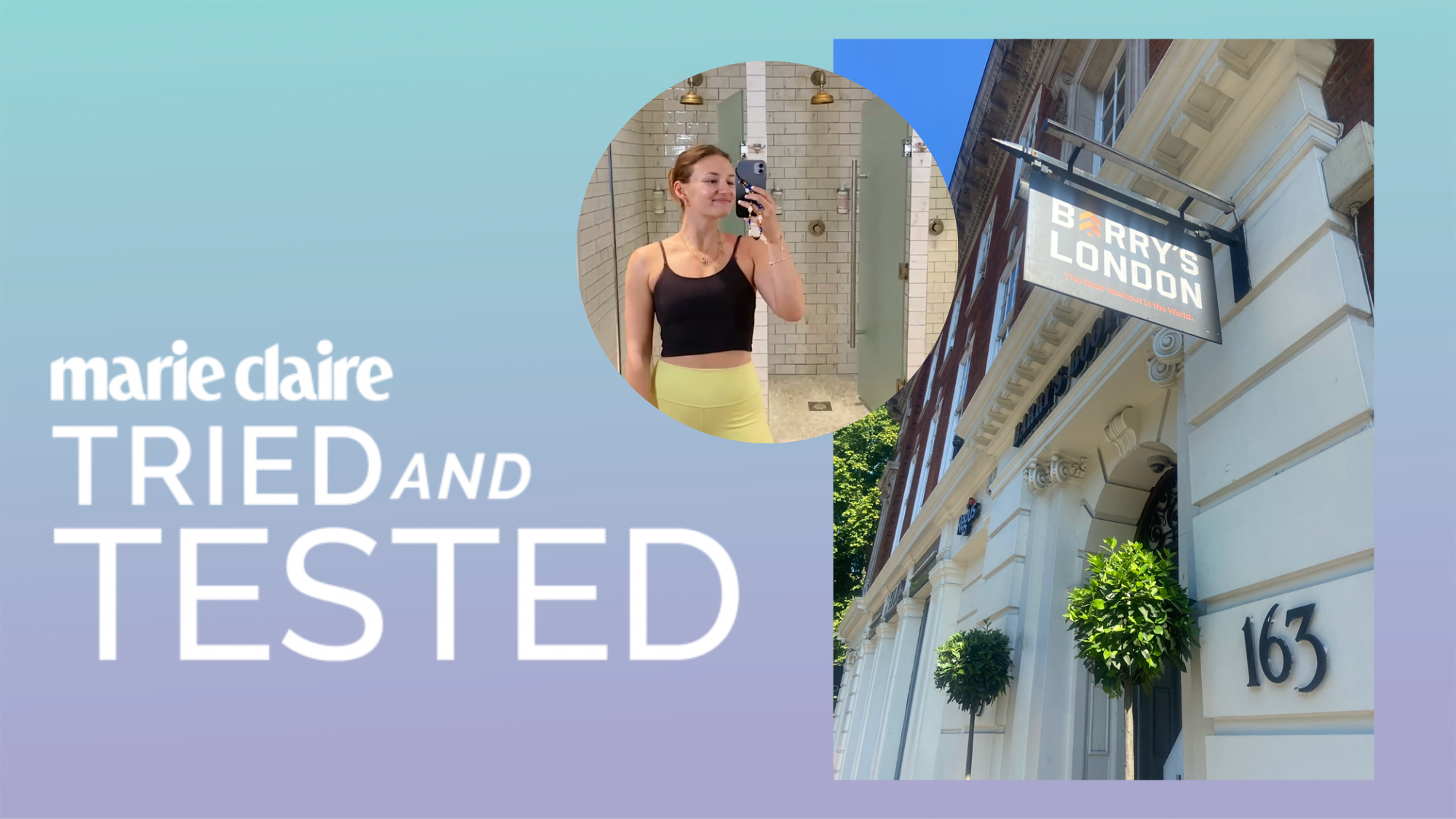 Tried & Tested: I tried the new Barry's x The Standard Burn Baby Burn package - here's what I thought
Tried & Tested: I tried the new Barry's x The Standard Burn Baby Burn package - here's what I thoughtA hotel stay with a cult-following gym class thrown in for good measure? As a Health Editor, I had to try.
By Ally Head